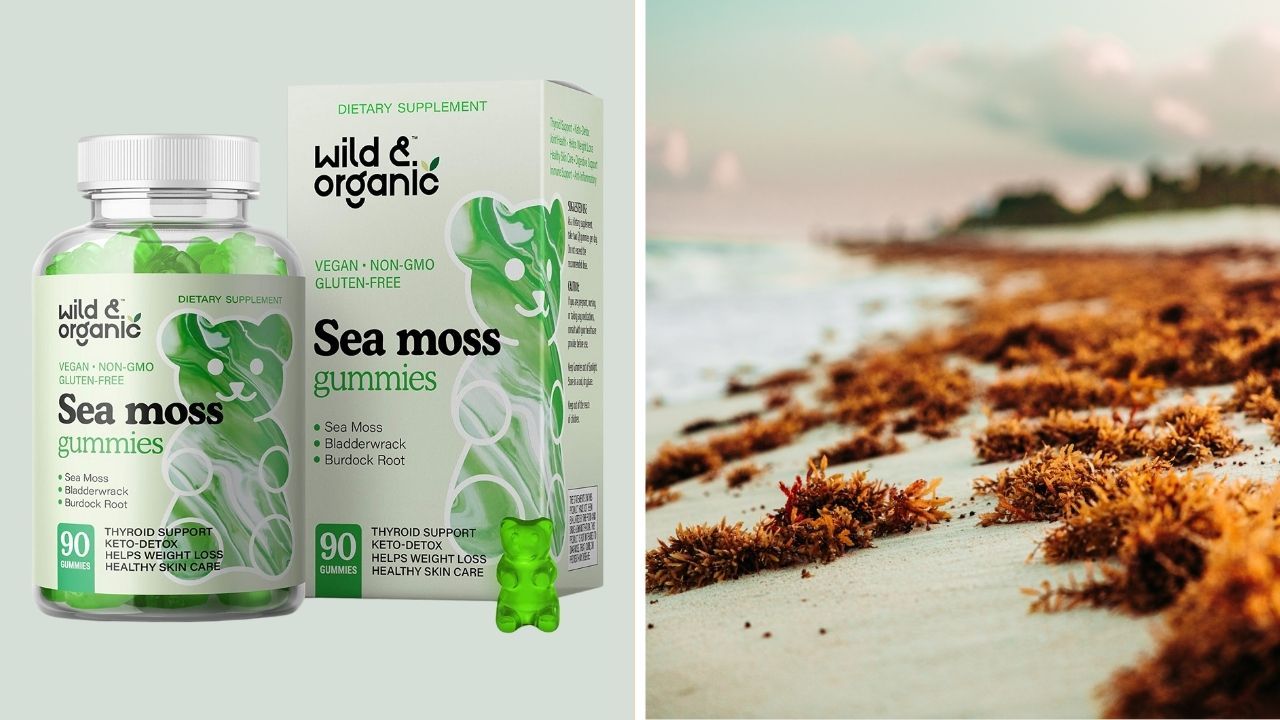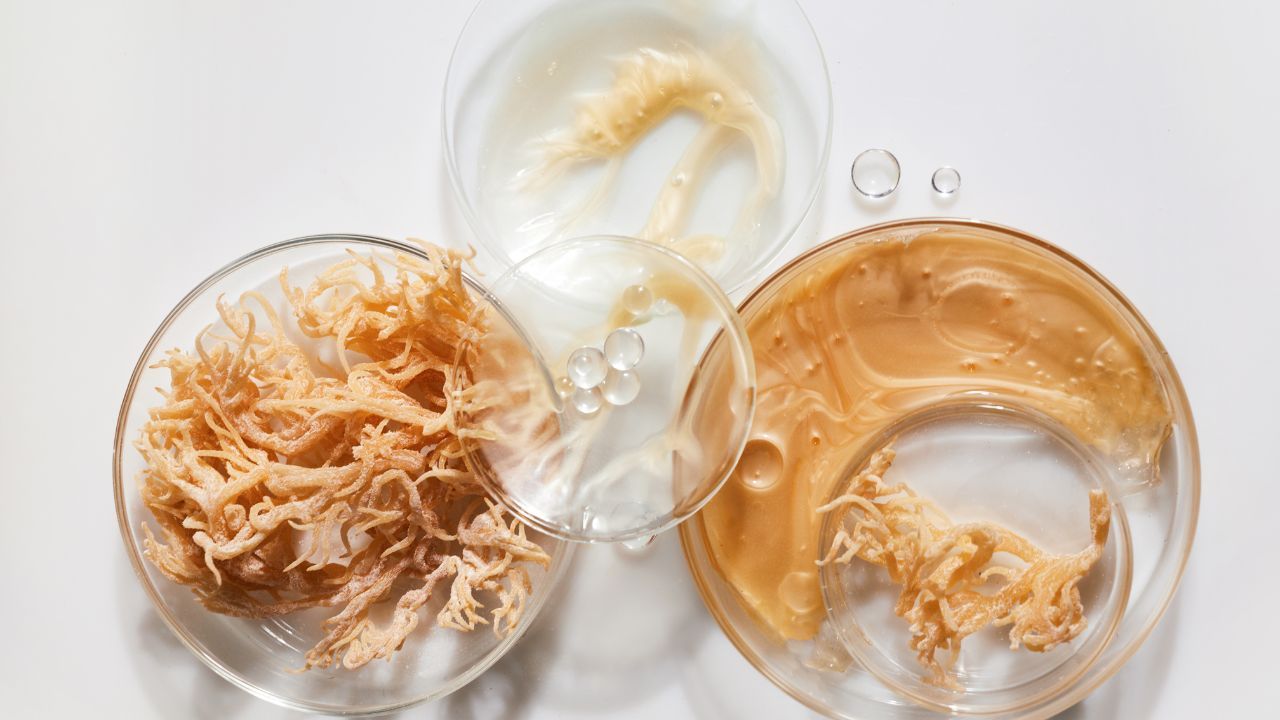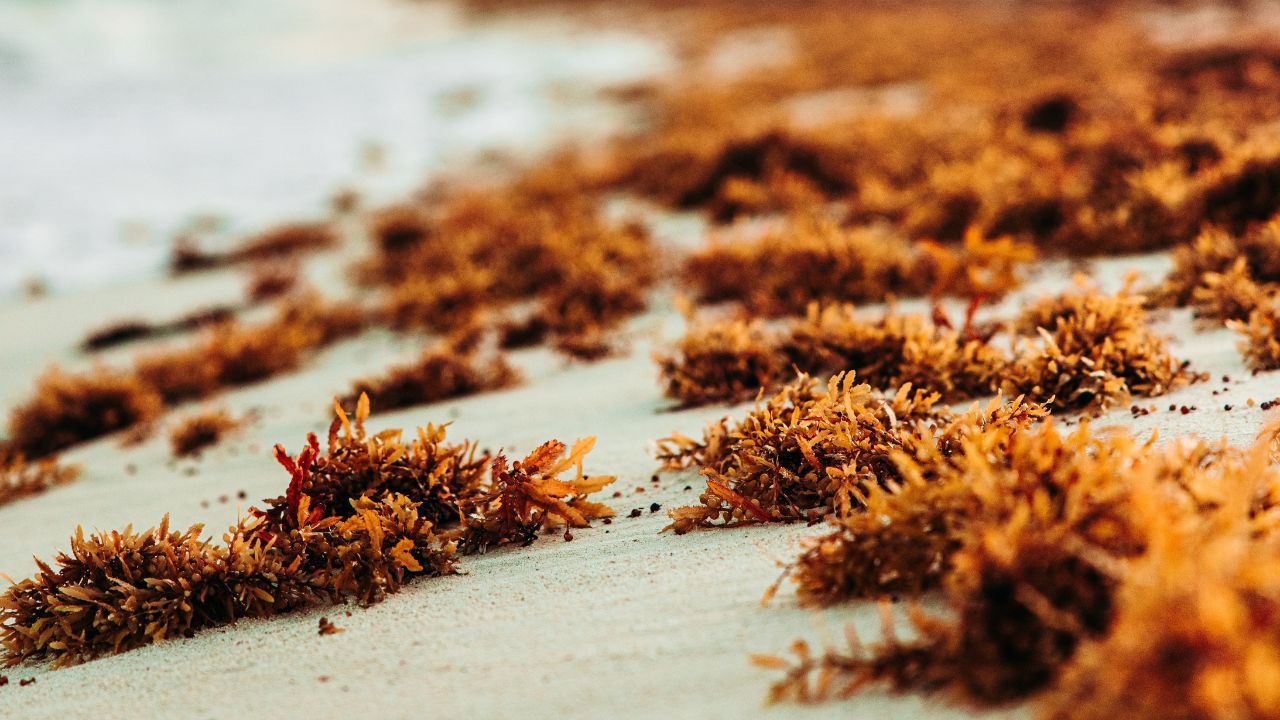
Where Does Sea Moss Come From | Unlocking the Origins
From the Caribbean to the British Isles, learn where sea moss comes from, how it's cultivated, and its importance in health and wellness.
Have you ever heard of sea moss? If not, you're in for a treat.
Sea moss is a remarkable superfood that has been gaining popularity in recent years, thanks to its numerous health benefits and nutritional properties.
In this article, we'll dive into the fascinating world of sea moss and explore its origins, various names, and how it has been used throughout history in different cultures.
What is Sea Moss?
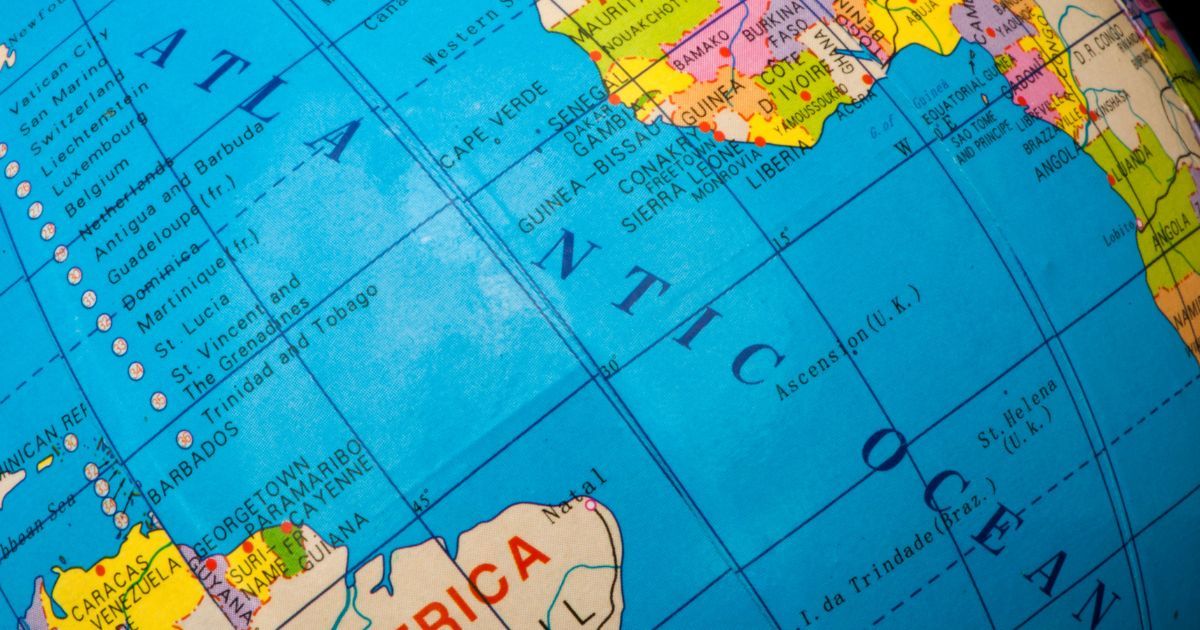
In simple terms, sea moss is a type of red algae that grows along the rocky coastlines of the Atlantic Ocean. It comes in various colors, including purple, brown, and green, and has a slightly slippery texture.
- You might also know sea moss by other names, such as Irish moss or carrageen moss.
- These alternate names can be attributed to the regions where sea moss is commonly found and used.
Now, let's talk about the good stuff: the nutritional benefits and properties of sea moss.
- Packed with vitamins, minerals, and antioxidants, this edible sea plant is a true nutritional powerhouse.
Not to mention, sea moss is known for its potential to boost the immune system, improve digestion, and promote healthy skin. Talk about a superfood!
The Origins of Sea Moss
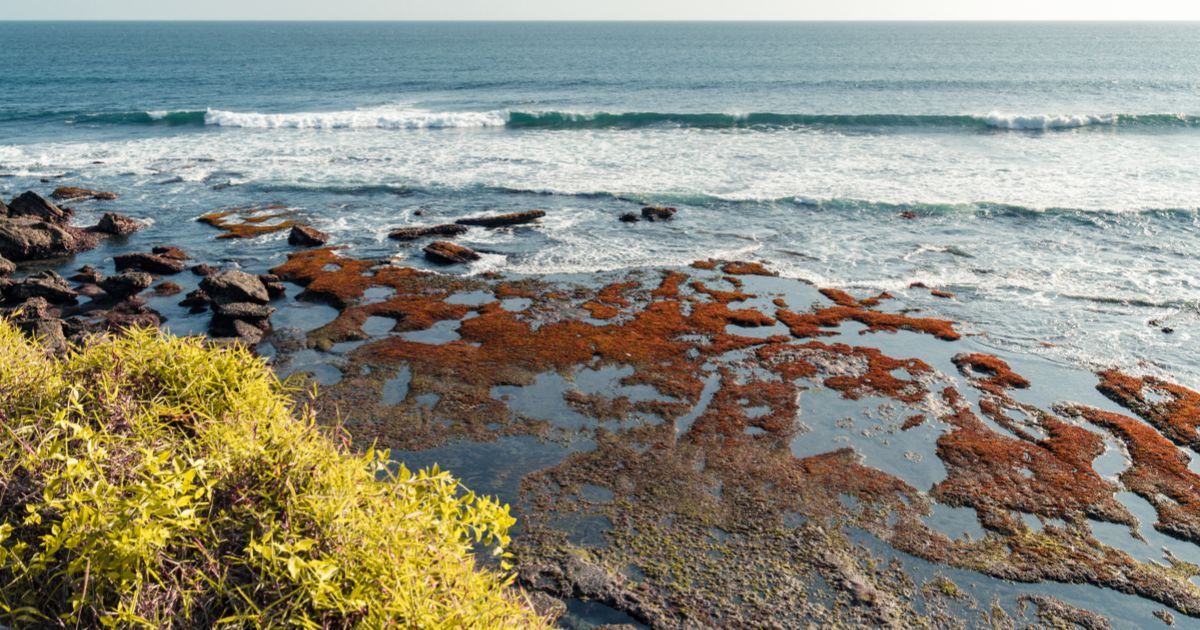
Now that we know what sea moss is and its amazing benefits, let's delve into its history and origins.
Sea moss has been used for centuries in various cultures around the world. From the shores of Ireland to the Caribbean islands, people have been harnessing the power of sea moss for both culinary and medicinal purposes.
Historical background of sea moss usage
The use of this spiny sea plant dates back to ancient times.
- In Ireland, for instance, it is believed that sea moss was already being used during the Great Famine in the 1800s as a source of nutrition.
- Similarly, in the Caribbean, sea moss has been a staple ingredient in traditional cuisine for generations.
Traditional uses in different cultures
Different cultures have their unique ways of using sea moss.
Imagine a warm, comforting bowl of Irish moss pudding on a cold day – doesn't that sound delightful?
On the other hand, in the Caribbean, sea moss is often used to make a popular, nutritious drink called "sea moss punch."
This delicious beverage is typically made by blending soaked sea moss with milk, sweeteners, and spices like cinnamon and nutmeg. Sipping on a glass of sea moss punch is like enjoying a taste of the tropics!
The Natural Habitat of Sea Moss
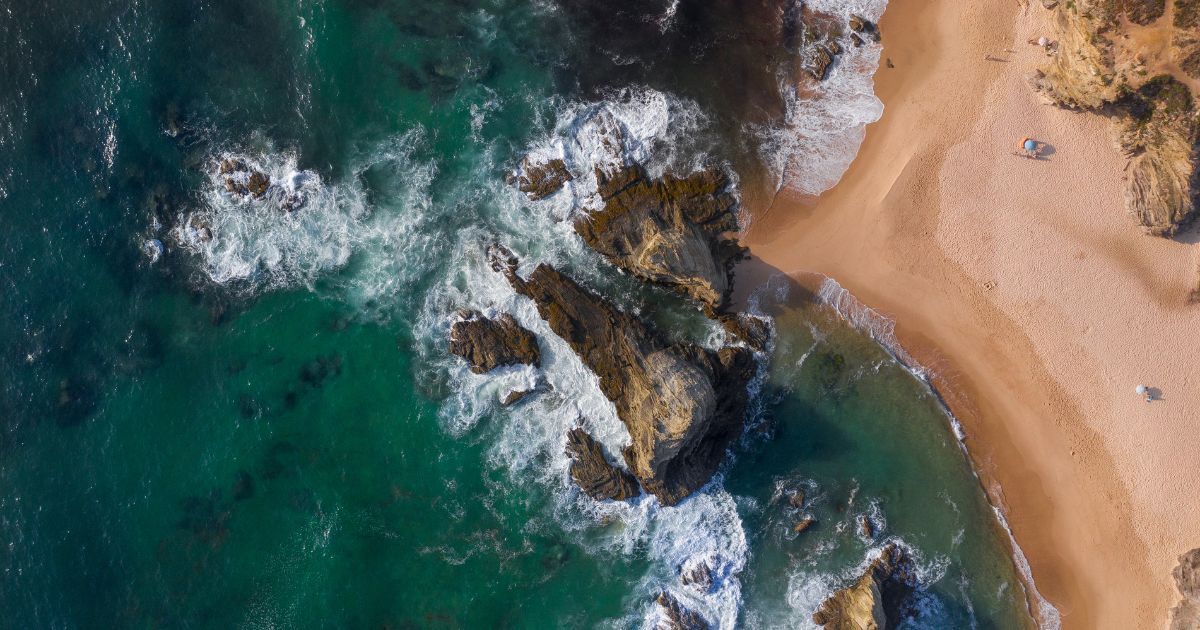
Now that we have a better understanding of sea moss and its historical uses, let's explore the natural habitat of this amazing superfood. Sea moss thrives in specific environmental conditions and can be found in particular regions around the world.
Description of sea moss habitat
Sea moss grows on the rocky coastlines of the Atlantic Ocean, typically in the intertidal zone where it is submerged during high tide and exposed to air during low tide.
This unique habitat allows sea moss to absorb essential nutrients from both the ocean water and the air, contributing to its rich nutritional profile.
Ideal environmental conditions for growth
Sea moss also prefers rocky surfaces to attach itself to, which provide a stable foundation for growth.
Regions where sea moss is commonly found
As mentioned earlier, sea moss can be found in various regions across the globe. Some of the most notable areas include the Caribbean, the Atlantic coast of Europe, and North America.
Let's take a closer look at these regions and their relationship with sea moss.
The Caribbean
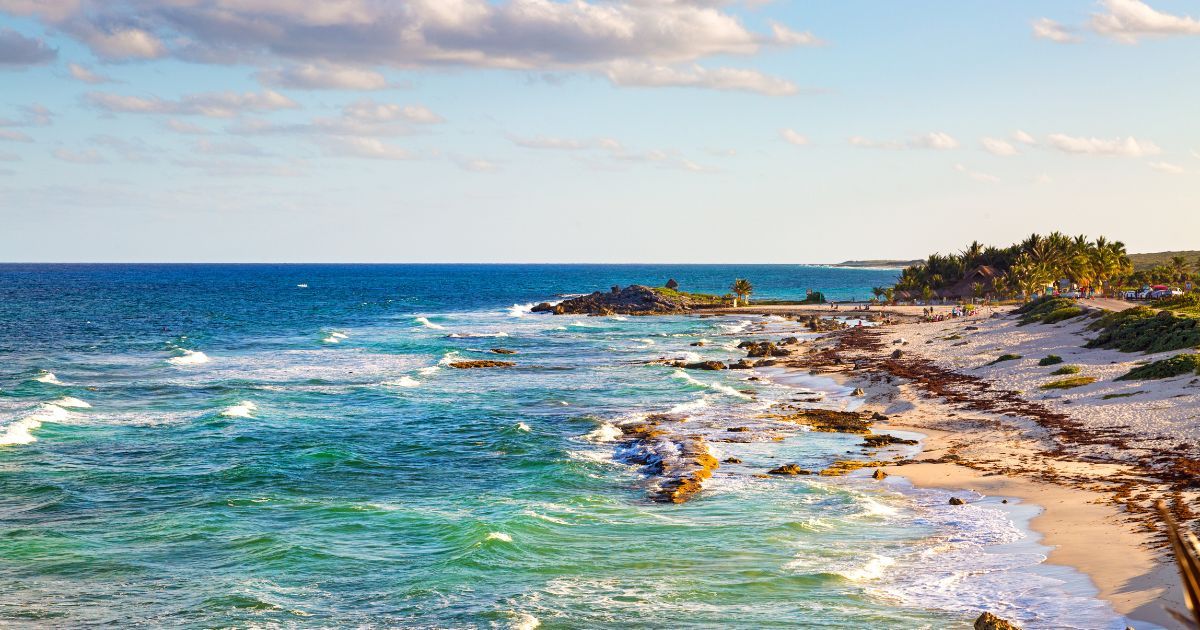
Abundance of sea moss in the Caribbean
The clear, warmer waters of the Caribbean Sea provide an ideal environment for sea moss to thrive.
- These waters contain both Jamaican purple sea moss and Irish sea moss.
- Here, you'll find an abundance of sea moss growing along the coastlines of various islands, such as St. Lucia, Grenada, and Jamaica.
Role of sea moss in local culture and cuisine
In the Caribbean, sea moss plays a vital role in local culture and cuisine. As mentioned earlier, sea moss punch is a popular beverage enjoyed throughout the region.
Additionally, sea moss is often used as a natural remedy for various ailments, such as respiratory issues, high blood pressure, and digestive problems. Its versatility and nutritional benefits make it an integral part of Caribbean life.
The Atlantic Coast of Europe and North America
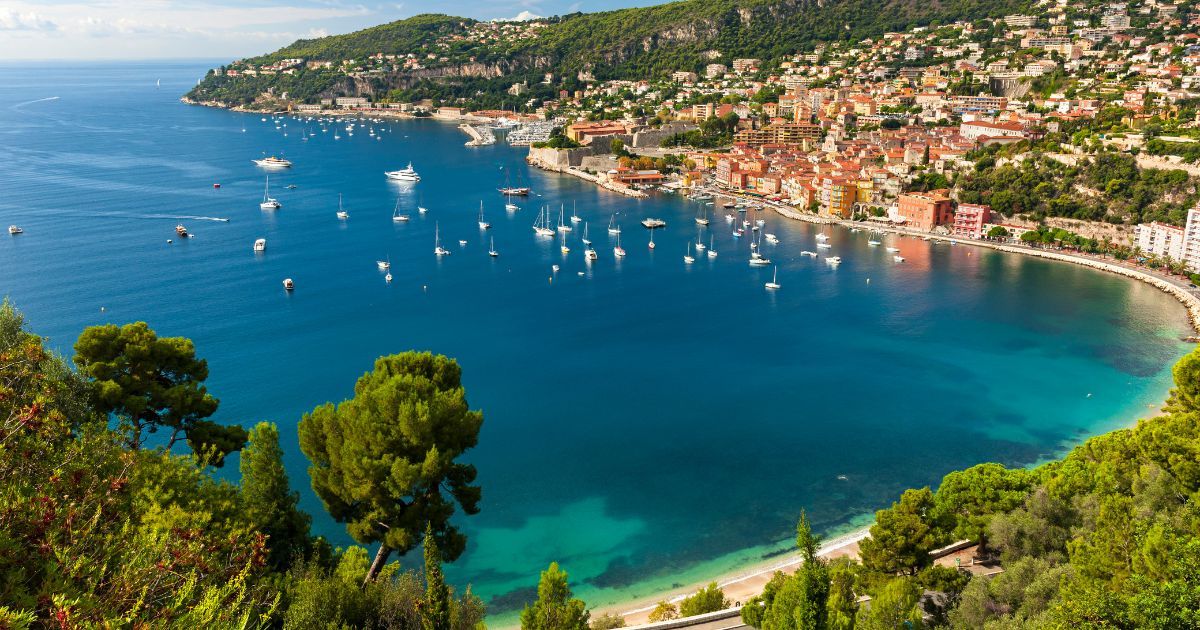
Sea moss in Ireland and the British Isles
Moving across the Atlantic, we find sea moss growing along the rugged coastlines of Ireland and the British Isles. In these areas, sea moss has been a part of the local culture for centuries, used as a source of nutrition and as a thickening agent in various dishes.
North American sea moss distribution
Sea moss can also be found along the Atlantic coast of North America, particularly in the colder waters of Canada and the northeastern United States. While it may not be as widely known or utilized in North American cuisine, its popularity is undoubtedly growing due to increased awareness of its numerous health benefits.
The Diverse Varieties and Types of Sea Moss
Each type has its unique characteristics, including color, texture, and growth patterns. In this section, we'll dive into some of the most common sea moss varieties and explore their unique features.
Chondrus Crispus
Chondrus crispus, also known as Irish sea moss, is perhaps the most well-known variety of sea moss.
- This red algae is native to the rocky Atlantic coasts of Europe and North America and is characterized by its dark purple or reddish-brown color.
- Chondrus crispus is highly valued for its carrageenan content, a natural thickening agent used in food and cosmetic products.
Gracilaria
Gracilaria (aka Jamaican Sea Moss) is another popular sea moss variety commonly found in the Caribbean, South America, and other warm water regions.
- This type of sea moss is typically golden-yellow or greenish-brown and has a slightly thinner and more branched structure compared to Chondrus crispus.
- Gracilaria is known for its high agar content, making it a valuable resource in plant-based gelatin production.
Eucheuma
Eucheuma is a genus of tropical sea moss that is predominantly found in Southeast Asia and the Pacific Islands.
- This type of sea moss comes in various colors, including red, brown, and green.
- Eucheuma is an essential source of carrageenan and is widely cultivated for commercial purposes, especially in the Philippines.
Gelidium
Gelidium is a type of sea moss that grows in colder waters, primarily along the coasts of Japan, Korea, and China.
- It has a cartilaginous texture and is commonly used to produce agar, a gelling agent used in culinary and scientific applications.
- Gelidium is also used in traditional Asian cuisine, particularly in the preparation of desserts and jellies.
Mastocarpus
Mastocarpus, sometimes referred to as false Irish moss, is a red algae species found in the North Atlantic region.
- It closely resembles Chondrus crispus but has a more rigid and branched structure.
- While not as commonly used as other sea moss varieties, Mastocarpus still offers nutritional benefits and can be utilized in similar ways.
Harvesting and Cultivation of Sea Moss
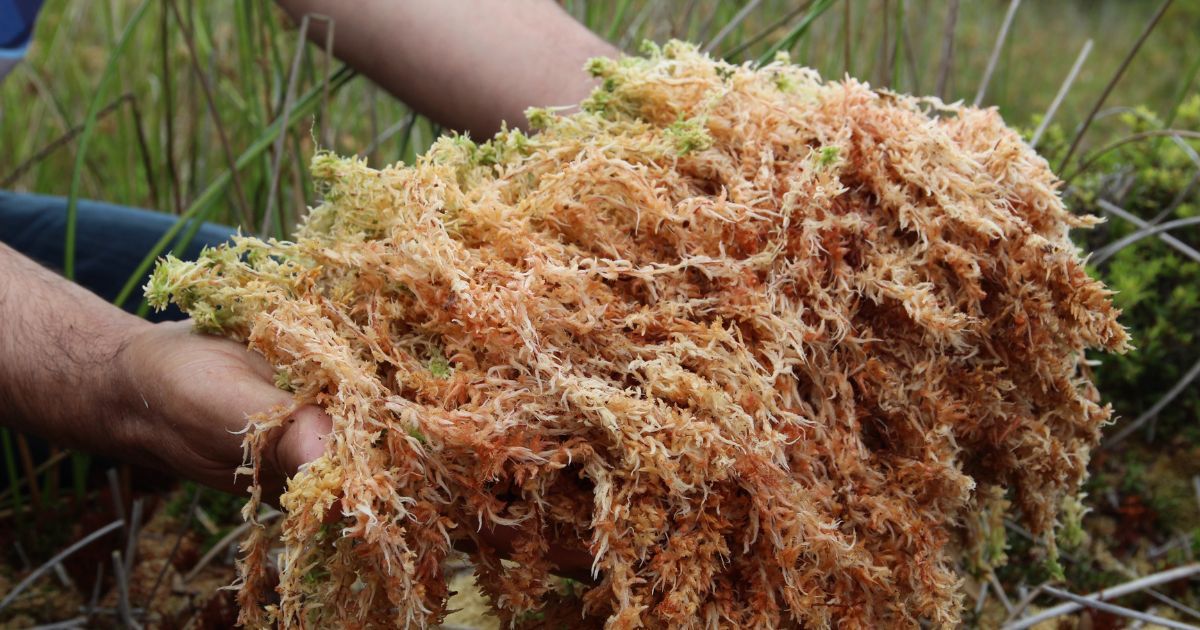
As we continue our journey into the world of sea moss, let's take a look at how it's harvested and cultivated.
From traditional techniques to modern methods, the process of obtaining sea moss has evolved over time. Moreover, sustainability and environmental concerns play an essential role in sea moss production.
Traditional harvesting techniques
This method allowed for selective harvesting, leaving smaller, younger plants to continue growing and ensuring the sustainability of the sea moss population.
Modern cultivation methods
Today, sea moss farming has become increasingly popular as the demand for this superfood grows.
- Sea moss is now cultivated on ropes or nets suspended in the ocean, which mimics its natural habitat.
- This method allows for greater control over the growing conditions and ensures a consistent supply of high-quality sea moss.
Sustainability and environmental concerns
When it comes to sea moss production, sustainability, and environmental considerations are of utmost importance.
- Overharvesting and improper cultivation practices can lead to the depletion of sea moss populations and negatively impact the marine ecosystem.
- Therefore, it's crucial to support responsible and sustainable sea moss farming practices to ensure the long-term availability of this valuable resource.
Pool Grown Sea Moss: What You Need to Know
As the popularity of sea moss continues to rise, there has been a growing interest in various cultivation methods.
One such method is pool-grown sea moss, which has sparked some debate among sea moss enthusiasts.
What is Pool Grown Sea Moss?
Pool-grown sea moss refers to the cultivation of sea moss in artificial saltwater pools or tanks, rather than in its natural ocean environment.
This method enables growers to control factors such as water quality, temperature, and nutrient levels, potentially leading to faster growth and higher yields.
Pool Grown vs. Real Sea Moss
While pool-grown sea moss may offer some benefits in terms of controlled growing conditions, there are concerns that it may not be as nutritionally rich as real sea moss harvested from the ocean.
In comparison, pool-grown sea moss may lack some of the trace minerals and nutrients found in real sea moss, as it's challenging to replicate the precise ocean conditions in an artificial environment.
Moreover, some pool-grown sea moss may be treated with chemicals or additives to enhance its appearance or growth, which could potentially affect its quality and safety for consumption.
Consuming Sea Moss: Which to Choose?
When it comes to consuming sea moss, it's essential to consider the source of your sea moss and weigh the pros and cons of each cultivation method.
- While real sea moss harvested from the ocean may offer a more robust nutritional profile, it's crucial to ensure that it comes from a clean and sustainable source.
- On the other hand, pool-grown sea moss may provide more consistent quality and availability but may not offer the same level of nutrients as its ocean-grown counterpart.
Sea Moss Processing and Preparation
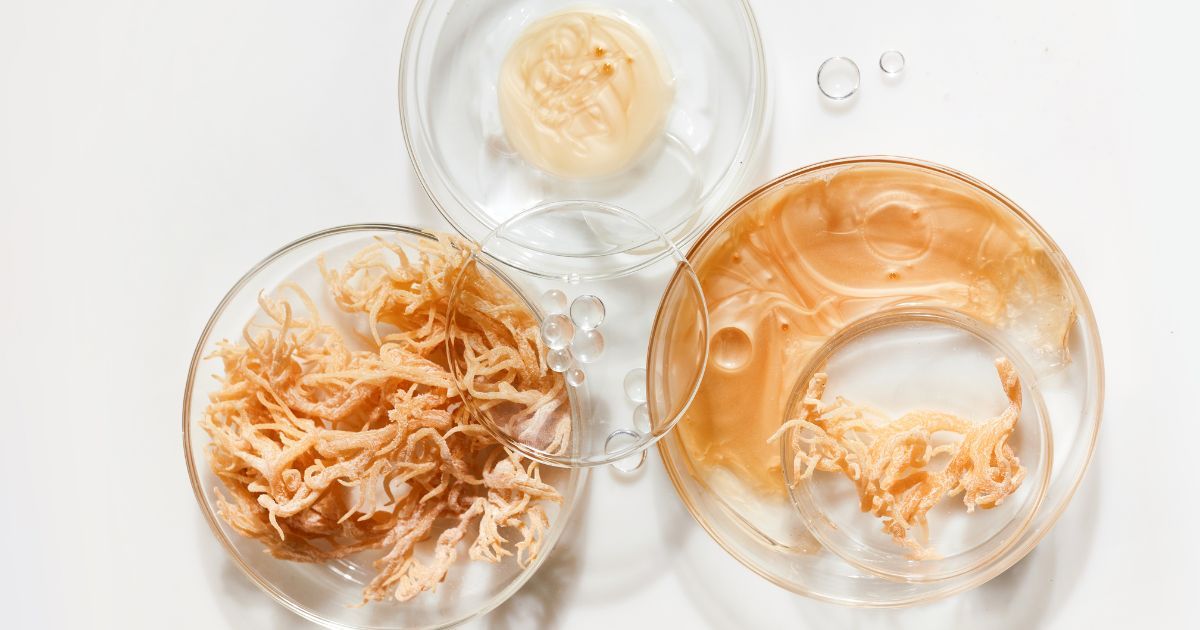
Once sea moss has been harvested or cultivated, it must undergo a series of processing steps to transform it into consumable products. Here's a quick overview of the process:
Cleaning and drying sea moss
First, the raw sea moss is thoroughly cleaned to remove any sand, debris, or unwanted organisms.
Afterward, it's spread out and left to dry, either naturally under the sun or using specialized equipment. The drying process helps preserve the sea moss and extends its shelf life.
Turning raw sea moss into consumable products (powders, gels, capsules)
Once the sea moss is dry, it can be turned into various consumable products.
- It can be ground into a powder form and used as a nutritional supplement or added to smoothies and other recipes.
- Sea moss can also be soaked and blended to create sea moss gel, which can be used in cooking, skincare, or as a natural thickening agent.
- Sea moss can be encapsulated and sold as sea moss supplements, making it easy to incorporate its benefits into your daily routine.
Bottom Line
We've come a long way in our exploration of sea moss – from its origins and growth to its various uses and processing.
Understanding the source of this popular superfood is essential, as it helps us appreciate the efforts put into its production and the importance of supporting sustainable practices.
As you incorporate sea moss into your diet and lifestyle, remember that it's not just a trendy superfood; it's a gift from nature with a rich history, deeply rooted in the traditions of various cultures across the world.
So, enjoy the benefits of sea moss and embrace its fascinating story!
Recommended For You...
